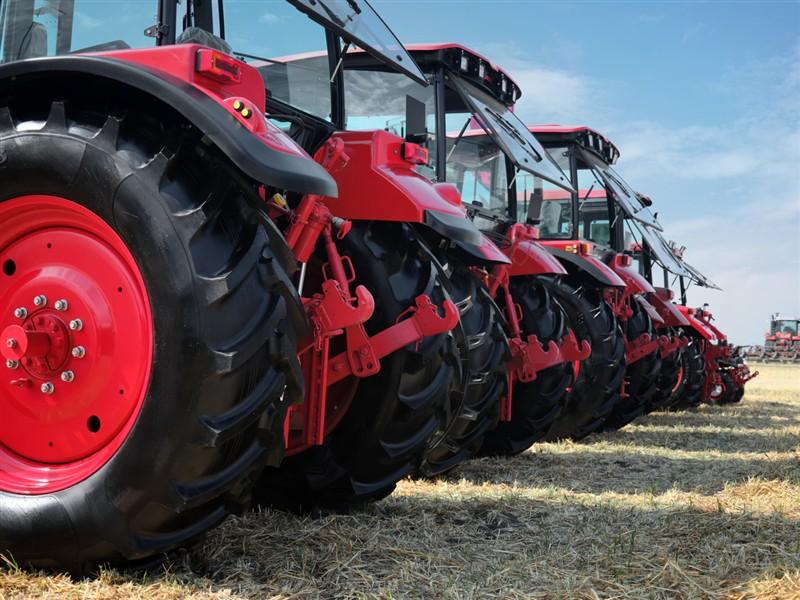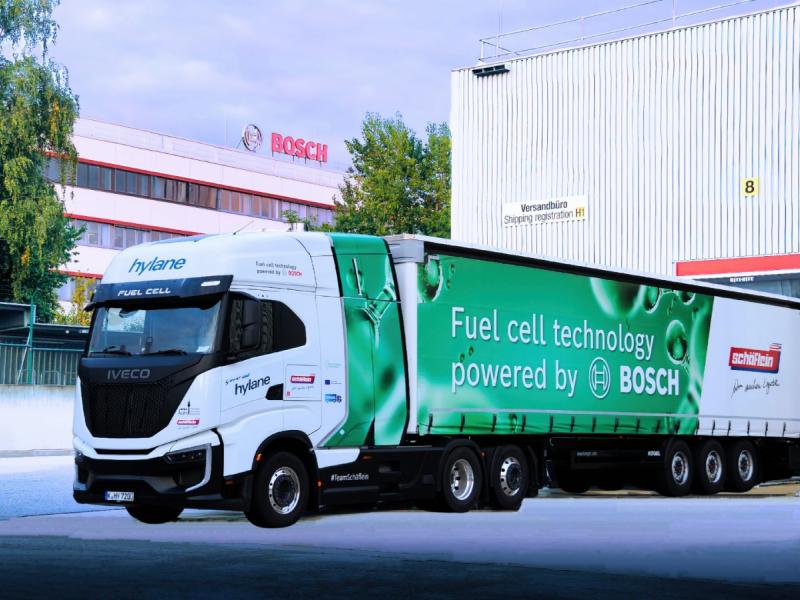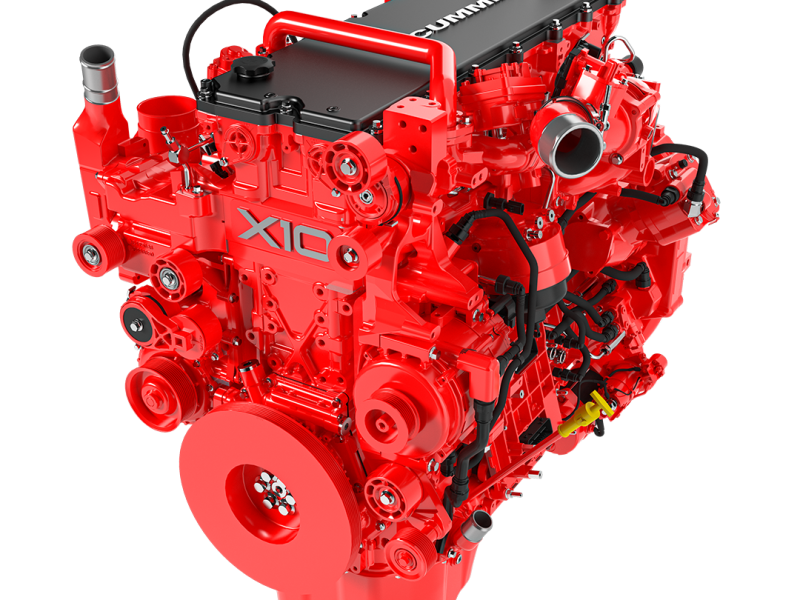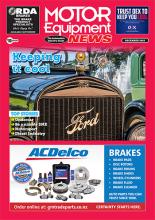Courtesy Cummins Inc
For over a century, the trucking industry has advanced combustion technology while protecting the planet. This effort involved partnering with policymakers to set emissions standards. When emissions like nitrogen oxides (NOx) and particulate matter (PM) were identified, Cummins collaborated with regulators to create cleaner diesel engines and components.
Since the 1980s, NOx and PM emissions from diesel engines have dropped by 98 percent. Today, stricter and more region-specific regulations drive the use of innovative aftertreatment technologies and system-level designs.
Meeting upcoming EPA regulations with electric heaters
To meet upcoming demands from the U.S. Environmental Protection Agency (EPA), engines and aftertreatment systems must deliver exceptional emissions performance over longer operational durations.
Cummins Emission Solutions (CES) developed a new aftertreatment system, the Twin Module, designed for enhanced compliance with evolving EPA standards. It uses an electric heating system with belt-driven 48V alternator to support cooled Exhaust Gas Recirculation (EGR) and in-cylinder hydrocarbon dosing. This configuration ensures precise thermal management, meeting emission standards while maintaining engine efficiency and durability.
The electric heating system’s scalable design also prepares for future regulations. The Twin Module can adapt to stricter standards with minimal changes to the chassis, reducing costs and complexity.
Adapting to Euro 7: dual dosing for a cleaner future
While EPA sets a high bar in North America, Europe’s forthcoming Euro 7 regulations present their own set of challenges. These standards require significant reductions in NOx and particulate numbers (PN) compared to Euro 6 levels, alongside fleet-wide CO2 reduction targets enforced through the Vehicle Energy Consumption Calculation Tool (VECTO). By 2025, OEMs must achieve a 15 percent reduction in CO2 emissions at the vehicle level compared to 2019, with a 45 percent reduction mandated by 2030.
CES has developed innovative solutions such as dual dosing systems, which enable precise control of emissions. CES’s offerings include DEF and hydrocarbon dosing systems, mixers, e-heaters, and DEF filters. These solutions support a variety of powertrain technologies, covering clean diesel, hybrid systems, battery electric vehicles (BEVs), and hydrogen internal combustion engines (H2 ICE).
CES’s commitment to adaptability ensures that its technologies remain relevant as Euro 7 standards take effect. By actively collaborating with major OEMs, CES is helping Europe’s heavy-duty market navigate the complex regulatory landscape while delivering reliable, high-quality solutions.
Tailoring solutions for global markets: India and China
Beyond North America and Europe, CES is also addressing the unique regulatory and market needs of India and China. These regions face distinct challenges in balancing emissions reductions with infrastructure and market readiness. CES’s global strategy involves customising its portfolio to meet the specific demands of each market, ensuring compliance and performance across diverse operating environments.
For instance, in India, CES supports Bharat Stage VI (BS-VI) standards, which align closely with Euro 6 regulations. In China, the company addresses China VI standards, focusing on robust solutions that withstand the region’s demanding operating conditions. By leveraging its global expertise, CES ensures that its technologies deliver consistent performance, regardless of regional differences in regulation and market expectations.
Leading in emissions control for global regulations
As emissions regulations grow increasingly stringent worldwide, Cummins is well-positioned to lead the way with innovative, adaptable solutions. From the Twin Module’s electric heating system for upcoming EPA regulations to dual dosing technologies for Euro 7 and tailored strategies for India and China, CES continues to push the boundaries of what’s possible in emissions control with system-level optimisation, customer-centric designs and future-ready architectures.






